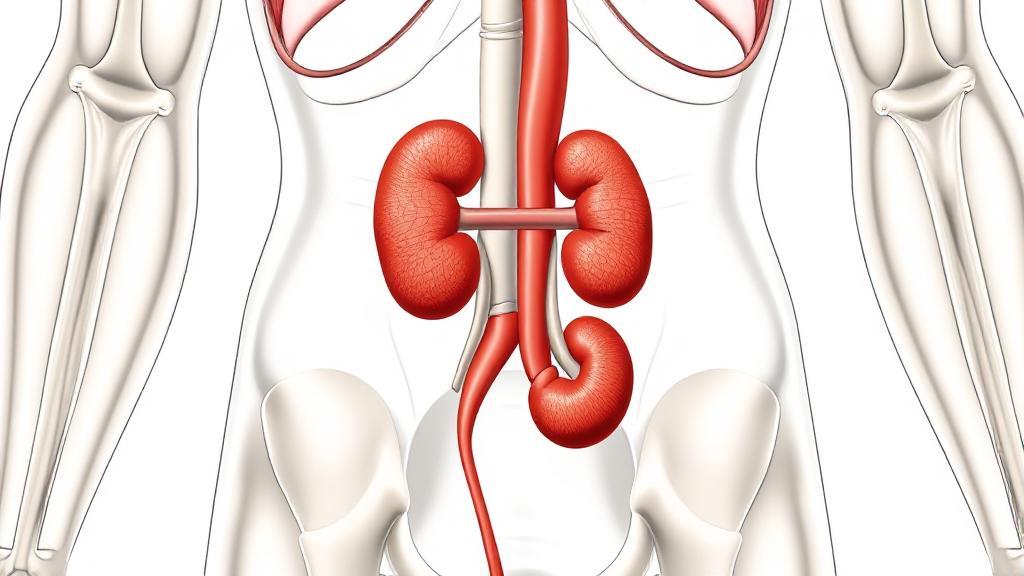Introduction
The human body is a marvel of biological engineering, with each organ playing a crucial role in maintaining overall health. Among these vital organs are the kidneys, which are essential for filtering waste products from the blood, balancing bodily fluids, and regulating blood pressure.
The Normal Kidney Configuration
Most humans are born with two kidneys, bean-shaped organs located on either side of the spine just below the rib cage. The right kidney usually sits slightly lower than the left due to the presence of the liver above it. These organs are positioned between the 12th thoracic and 3rd lumbar vertebrae.
Key Statistics
- Average kidney weight: 4-6 ounces (115-170 grams)
- Length: 10-12 centimeters
- Width: 5-7 centimeters
- Thickness: 3-5 centimeters
Functions of the Kidneys
- Filtration: The kidneys filter about 120 to 150 quarts of blood daily, producing 1 to 2 quarts of urine
- Regulation: They help regulate blood pressure, electrolyte balance, and red blood cell production
- Detoxification: The kidneys remove toxins and waste products from the bloodstream
- Producing hormones that help produce red blood cells
- Regulating fluid balance in the body
Variations in Kidney Count
Congenital Anomalies
Some individuals are born with a single kidney, a condition known as renal agenesis. This can occur on one side (unilateral) or both sides (bilateral). Unilateral renal agenesis is more common and often goes unnoticed because the remaining kidney can compensate for the missing one.
Supernumerary Kidneys
In rare cases, some individuals are born with an additional kidney, a condition known as supernumerary kidneys. While extremely uncommon, there have been documented cases of people with three or even four kidneys.
Horseshoe Kidney
Approximately 1 in 500 people are born with a condition called horseshoe kidney, where the two kidneys are fused at the lower end, forming a U-shape. While this condition usually doesn't affect kidney function, it may be associated with other health issues.
Living with One Kidney
"The human body's ability to adapt to having one kidney is remarkable. When one kidney is removed, the remaining kidney can increase in size and function to compensate for the loss." - American Journal of Kidney Diseases
When living with one kidney, the remaining organ typically:
- Increases in size by about 15-25%
- Takes on additional filtering capacity
- Maintains normal body function
Lifestyle Recommendations
- Staying well-hydrated
- Maintaining a healthy blood pressure
- Eating a balanced diet
- Regular exercise
- Limiting alcohol consumption
- Avoiding smoking
Medical Monitoring
Regular medical monitoring is important, particularly for those with one kidney.
Research and Development
Modern medicine continues to advance our understanding of kidney function and treatment options. Promising areas include:
- Bioengineered kidneys
- Improved transplant techniques
- Novel medications for kidney disease
- Early detection methods
For more information about kidney health and related topics, consider exploring resources from the National Kidney Foundation, Mayo Clinic, American Kidney Fund, and the World Health Organization.
